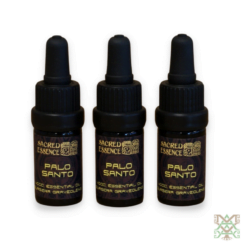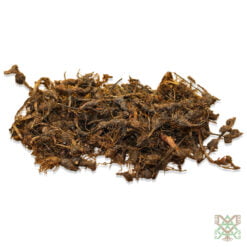Sacred Plants (Tagetes Lucida) – Flowers and Leaves Tincture 1:10 from Mexico packed in Miron Glass Dropper Bottle, 10ml
Botanical name: Tagetes lucida
Popular name: Mexican marigold
Plant part: Flowers and leaves
Variety: Tincture 1:10
Region of Origin: Mexico
Contains: 10 mL
Nicht vorrätig
Email when stock available
Beschreibung
The Delicate Beauty of Mexican Marigold
This perennial plant can be found throughout the area spanning from Mexico all the way to Guatemala. Its bush presents a light green color, with stems that vary in size, and may grow in hillsides, slopes, and grassy fields, during both spring and summer.
Also called Santa Maria, Mexican Tarragon and Mexican Marigold, it is a plant that has been appreciated by different Central American native cultures for its medicinal benefits. Its flowers bloom with five petals, colored a beautiful shade of yellow that attract butterflies, birds, and bees – all while repelling other insects due to components present in all marigold flowers.
The flowers may produce a yellow natural dye, and when dried, the whole plant can be set alight and burned as an incense that is also insect-repellant.
Past and Present Uses
Across different Mexican cultures, several parts of the plants have been used in the treatment of stomach related issues, such as colics and nausea, and to alleviate symptoms of fevers and colds. Historically, this plant has been associated with the Goddess of Lakes and Childbirth, Ayuha, by the Aztec people, who celebrated this entity through rituals of Ceremonial Magic involving the plant, amongst other herbs.
Nowadays, the petals of Tagetes lucida are popularly used in the making of teas that can serve the purpose of therapeutics for the common cold and digestive issues, as well as being a culinary complement to dishes with meat and eggs.
Studies have shown that the leaves of Mexican Marigold, particularly, possess sedative, digestive, diuretic, stimulant, and soothing properties. Practitioners of sacred, natural medicine have used it topically to treat scorpion bites, and verbal accounts show that consuming the leaves can help with indigestion, hiccups, diarrhea, and even issues that can arise as a result of high fevers.
Reviews (0)
Only logged in customers who have purchased this product may leave a review.
Disclaimer
Related products
Sacred Plants
Sacred Plants – Hawaiian Woodrose – Whole Seeds (Argyreia nervosa) from Reunion, 10 seeds
Scientific Name
Banisteriopsis Caapi
Caupuri (Banisteriopsis Caapi) Ayahuasca Vine – Roughly Shredded Caapi Vine from Brazil
Sacred Plants
Sacred Plants – Ololiuhqui – Morning Glory (Ipomoea corymbosa) Whole Seeds from Mexico, 2 grams















Reviews
There are no reviews yet.